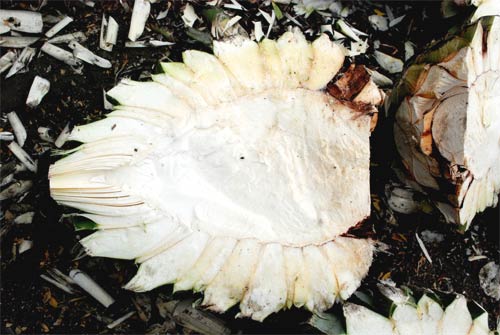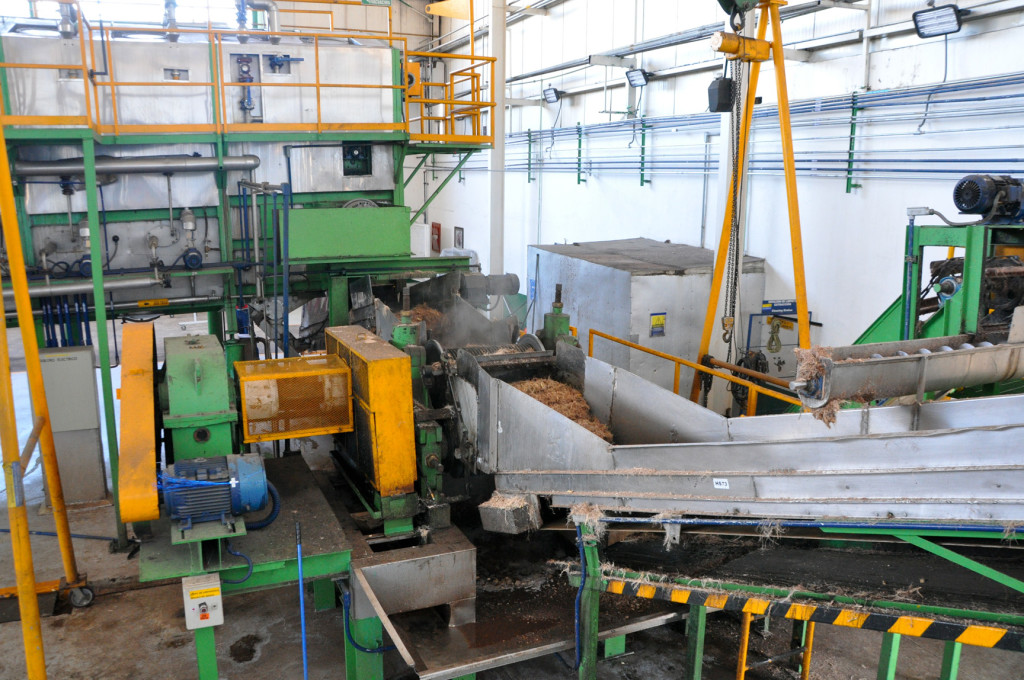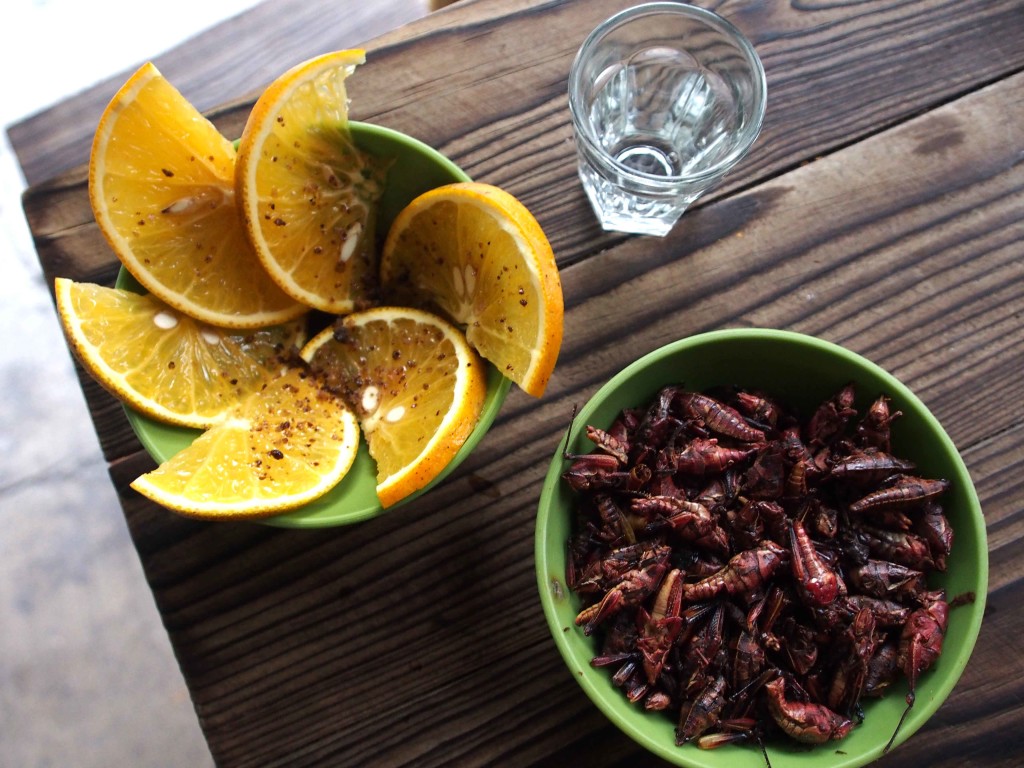The agave cousins

Agave fields
When people think of Mexico, tequila is often one of the first things that comes to mind. While tequila may be synonymous with Mexico, a drink that is less known but has seen a surge in popularity in recent years is tequila’s more rustic cousin; mezcal. But what exactly is mezcal? and how does it differ from tequila? Well here we get to the bottom of these two fascinating spirits.
Tequila vs Mezcal
Tequila is made in five Mexican states; Jalisco, Michoacan, Guanajuato, Nayarit, and Tamaulipas. Jalisco produces the most tequila and is home to the town that gave the drink its name, Tequila. Mezcal is made in eight states; Oaxaca, Durango, Guanajuato, Guerrero, San Luis Potosi, Tamaulipas, Zacatecas, and Michoacan, with the majority being produced in Oaxaca.

Jalisco home of tequila, and Oaxaca home of mezcal
Both tequila and mezcal are made from the agave plant (also known as maguey). Tequila is only made from one type of agave, the blue agave; while mezcal can be made from any type, the most popular being espadin, the most widely grown in Oaxaca. A single mezcal may contain a blend of agaves in the same way a wine may contain a blend of grape varieties. This means that there is a more complex range of flavours to be found in mezcals.
For both drinks, a product made from 100% agave must be labelled as such, otherwise it is known as a mixto; a mix of agave and foreign sugars. To be called tequila it must be made of a minimum 51% agave, while mezcals must be made of a minimum 80% agave.
Let’s get cooking!

The heart of the agave plant, or piña as it is better known
The production process for both tequila and mezcal begins the same way with the agave plant cut out of the ground and its long spear-like leaves sheared off by the harvester, or jimador as they are known. This is done using a coa, a long stick with a narrow blade. What is then left is known as the piña, as it resembles a large pineapple. These piñas are then chopped to size and cooked, and it is in the cooking where the differences begin.

The more industrial process of making tequila
To make tequila the piñas are typically cooked in steel, industrial pressure cookers known as autoclaves, for two to three days. The cooked piñas are then crushed and shredded using large industrial machines. The next step is fermentation, where commercial yeasts are often added to speed up the process. After fermentation comes distillation. This is done in large steel vats. Like mezcal, most tequilas are distilled twice though some makers distil their product three times.

Before…
The mezcal making process is more hands-on. To make mezcal the piñas are cooked in stone-lined pits dug into the ground. First a wood fire is started in the bottom of the pit, then rocks are added. Once these rocks reach red hot temperatures the piñas are placed on top and covered in a tarpaulin. Earth is then placed on top of the tarpaulin to complete the underground oven. The piñas are then left to cook for several days. This process caramelises the sugars in the agave and is what gives the mezcal its smoky taste.

and after
Once the piñas are cooked and unearthed they are then crushed by a tahona, a large stone wheel pulled around in a circle by a horse or donkey overseen by a maestro mezcalero. This pulp is mixed with water and is usually left to ferment naturally in large wooden vats for one to three weeks, depending on quantity, outside temperature and the agaves used. The next step is distillation. Copper alembic stills are most popularly used for heating up the wash to produce mezcal.

The traditional way of crushing the cooked agave
Aged to perfection
Both mezcal and tequila are categorized by how long they have been left to age. For mezcal there are four categories; Joven; Reposado, Añejo, and Extra Añejo. Joven mezcals are unaged or aged for less than two months, Reposados are aged between two months and one year, Añejos between one and three years, and Extra Añejos over three years. This is the same for Reposado, Añejo, and Extra Añejo tequilas.
A tequila that is unaged or aged for less than two months is called blanco or plata, while Joven or Oro tequila is normally an unaged blanco mixto tequila that has had colourants and flavourings added to it, or occasionally a blanco tequila that has been blended with a reposado and/or añejo tequila, while keeping the 100% agave classification.
A drink that deserves a good kiss…
Where tequila producers can blend their produce from different barrels so that the contents of each bottle taste the same, mezcal producers typically work on a smaller scale, this creates a more unique final product. This handmade approach is the reason mezcal is generally more expensive than tequila bottle for bottle. It is also why they say that ‘el mezcal no se toma, se besa’, you don’t drink mezcal, you kiss it. In other words, the workmanship behind mezcal means that it should be appreciated slowly and not shot like cheap tequila… I’ll drink to that ¡Salud!

The typical accompaniments of mezcal; orange slices with worm salt, and grasshoppers
